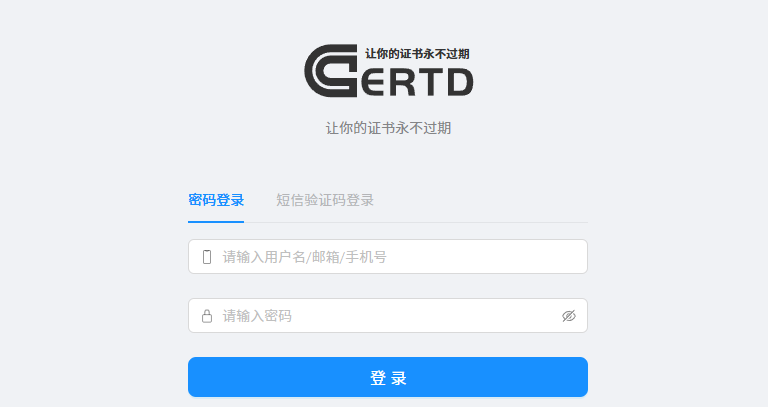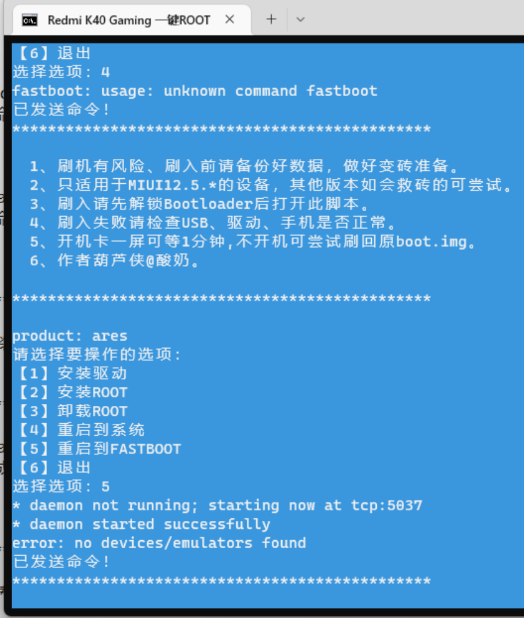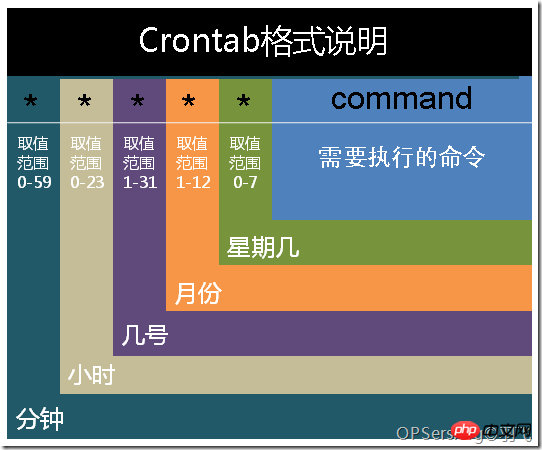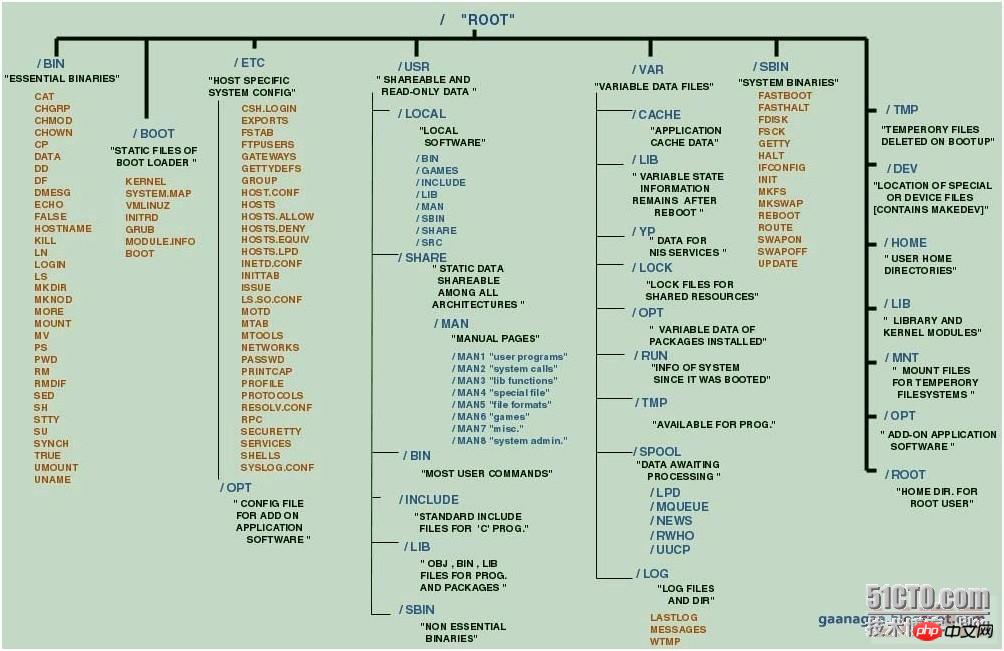linux uniq 命令用于檢查及刪除文本文件中重復(fù)出現(xiàn)的行列,一般與 sort 命令結(jié)合使用。
uniq 可檢查文本文件中重復(fù)出現(xiàn)的行列。
語法:
uniq [-cdu][-f<欄位>][-s<字符位置>][-w<字符位置>][--help][--version][輸入文件][輸出文件]
參數(shù):
-c或–count 在每列旁邊顯示該行重復(fù)出現(xiàn)的次數(shù)。
-d或–repeated 僅顯示重復(fù)出現(xiàn)的行列。
-f或–skip-fields= 忽略比較指定的欄位。
-s或–skip-Chars= 忽略比較指定的字符。
-u或–unique 僅顯示出一次的行列。
-w或–check-chars= 指定要比較的字符。
–help 顯示幫助。
–version 顯示版本信息。
[輸入文件] 指定已排序好的文本文件。如果不指定此項(xiàng),則從標(biāo)準(zhǔn)讀取數(shù)據(jù);
[輸出文件] 指定輸出的文件。如果不指定此選項(xiàng),則將內(nèi)容顯示到標(biāo)準(zhǔn)輸出設(shè)備(顯示終端)。
實(shí)例:
文件testfile中第 2、3、5、6、7、9行為相同的行,使用 uniq 命令刪除重復(fù)的行,可使用以下命令:
uniq
testfile中的原有內(nèi)容為:
$ cat testfile #原有內(nèi)容 test 30 test 30 test 30 Hello 95 Hello 95 Hello 95 Hello 95 Linux 85 Linux 85
使用uniq 命令刪除重復(fù)的行后,有如下輸出結(jié)果:
$ uniq testfile #刪除重復(fù)行后的內(nèi)容 test 30 Hello 95 Linux 85
檢查文件并刪除文件中重復(fù)出現(xiàn)的行,并在行首顯示該行重復(fù)出現(xiàn)的次數(shù)。使用如下命令:
uniq
結(jié)果輸出如下:
$ uniq -c testfile #刪除重復(fù)行后的內(nèi)容 3 test 30 #前面的數(shù)字的意義為該行共出現(xiàn)了3次 4 Hello 95 #前面的數(shù)字的意義為該行共出現(xiàn)了4次 2 Linux 85
當(dāng)重復(fù)的行并不相鄰時(shí),uniq 命令是不起作用的,即若文件內(nèi)容為以下時(shí),uniq 命令不起作用:
$ cat testfile1 # 原有內(nèi)容 test 30 Hello 95 Linux 85 test 30 Hello 95 Linux 85 test 30 Hello 95 Linux 85
這時(shí)我們就可以使用 sort:
$ sort testfile1 | uniq Hello 95 Linux 85 test 30
統(tǒng)計(jì)各行在文件中出現(xiàn)的次數(shù):
$ sort testfile1 | uniq -c 3 Hello 95 3 Linux 85 3 test 30
在文件中找出重復(fù)的行:
$ sort testfile1 | uniq -d Hello 95 Linux 85 test 30
.jpg)















.png)
